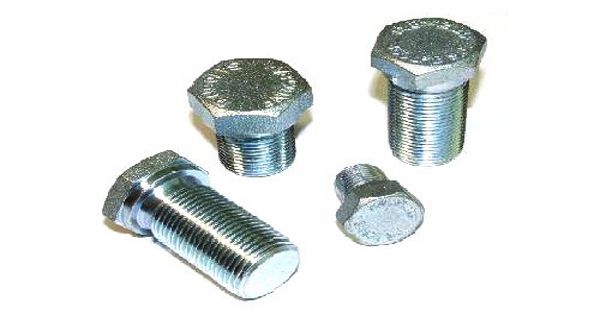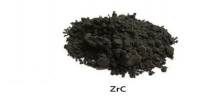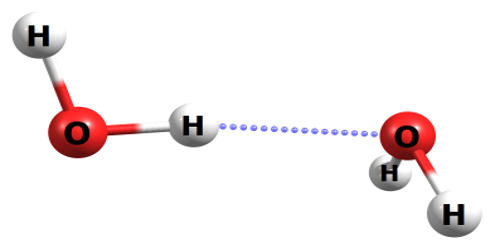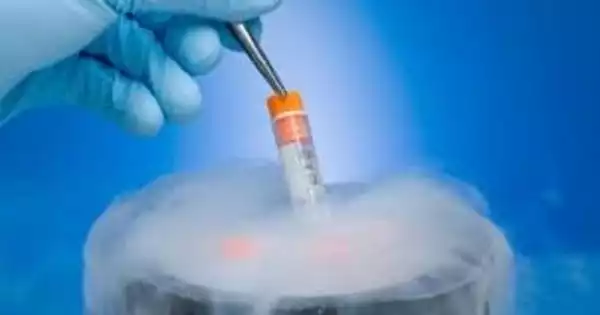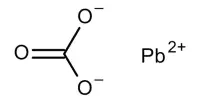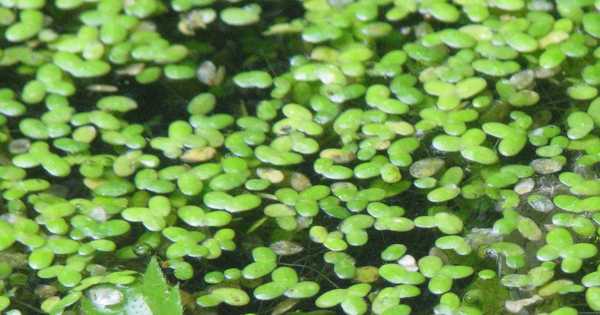Cadmium plating is under scrutiny because of the environmental toxicity of the cadmium metal. It is a type of coating process that offers technical benefits such as outstanding corrosion resistance, even in high-salt and low-thickness environments. Cadmium plating is widely used in some applications in the aerospace, military, and aviation fields. It is an attractive, soft coating that can be deposited on various base materials, up to and including steels, copper, and different types of iron. However, it is being phased out due to its toxicity.
Cadmium plating offers an exceptional bonding surface for adhesives, such as those used in aircraft manufacture, and is the preferred coating for salt-water environments.
Cadmium is the byproduct of the production of zinc, and it was only in the 1920s that cadmium plating was recognized as a form of protective coating. Cadmium plating offers an exceptional bonding surface for adhesives, such as those increasingly used in aircraft manufacturing, and is the preferred coating for salt-water environments. With natural lubricity, Cad plating also provides anti-galling and low friction properties.

Cadmium plating offers a long list of technical advantages such as excellent corrosion resistance even at the relatively low thickness and in salt atmospheres, softness, and malleability, freedom from sticky and/or bulky corrosion products, galvanic compatibility with aluminum, freedom from stick-slip thus allowing reliable torquing of plated threads, can be dyed to many colors and clear, has good lubricity and solderability and works well either as a final finish or as a paint base. Furthermore, other characteristics of Cadmium coating are low chemical resistance, ease of solderability, and the flexibility to coat on dissimilar materials. The coating is electropositive to iron and has a very low contact potential that minimizes corrosion caused by dissimilar metals.
Cadmium plating is still an important plating process in the industry. If environmental concerns matter, in most aspects cadmium plating can be directly replaced with gold plating as it shares most of the material properties, but gold is more expensive and cannot serve as a paint base. Also, due to the efficiency of the bath, Cadmium is an excellent solution for the coating of critical parts as well as complex geometries. Cadmium is a controlled substance and can only be used in specific applications.
Cadmium is highly toxic, so it should not be utilized on surfaces intended for direct contact with food. It’s mostly used in aerospace and harsh environments and is considered superior protection when it comes to brackish and aquatic applications. Cadmium plating is not recommended for spaceflight applications due to its propensity to sublimate, outgas and spontaneously form whiskers in a vacuum.
Information Source:
